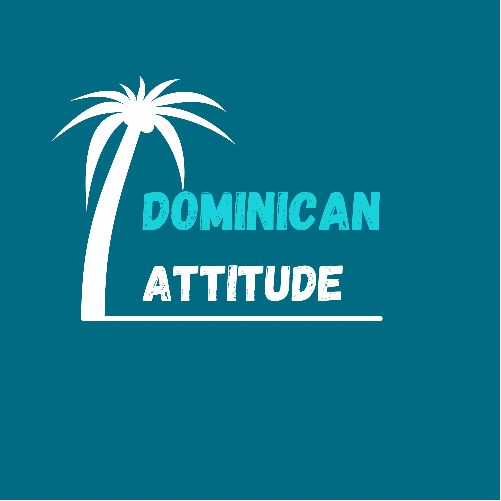What currency to use in the Dominican Republic?
- dominican attitude excursions

- Aug 24, 2023
- 3 min read
Updated: Feb 22, 2024

We are often asked this question, so we decided to write a detailed article to help you determine what is the most advantageous and also the most practical for you. You will see that this is more an individual choice depending on your habits, the country you come from and the bank accounts you have.
Let's first see which currencies are commonly circulating in the Dominican Republic.
THE LOCAL CURRENCY: The Dominican Peso
Some history:
The Dominican peso, formerly called the Peso oro, became the only local currency officially in circulation in 1937 thanks to dictator President Rafael Leonidas Trujillo who was in power from 1930 until his assassination in 1961.Before that circulated the Dominican Real (silver currency made in the Spanish colonies), the American dollar, the Haitian Gourde and the Dominican Franc (during the short French domination from 1891 to 1897).
Dominican Real

Haitian Gourde

Dominican Franc

Since 1937, therefore, the official currency has been the Peso oro, then renamed the Dominican Peso from 2010.
The code for the Dominican peso is DOP and the symbol RD$, sometimes abbreviated as $.So if you see a price listed in a local store with only the $ symbol, it is Dominican pesos and not dollars. In a rather touristy place, we recommend that you ask the question.
Current coins:
In circulation today there are 4 different coins: 1 peso, 5 pesos, 10 pesos and 25 pesos.

The different banknotes of Dominican peso:
Currently 7 different banknotes are in circulation. Some are a little different depending on the year of printing.

Dominican peso banknotes
CURRENCIES ACCEPTED IN THE DOMINICAN REPUBLIC
The Dominican peso:
Of course, the Dominican peso will be accepted everywhere. In local shops, all prices displayed are expressed in pesos.This does not mean that you cannot pay in euros or dollars, but be careful, the exchange rate applied will necessarily be less advantageous than at the exchange bank because the merchants always take a small safety margin in case the currency in question declines in the days following your purchase, before it has had time to change into pesos (this often happens…).
The dollar and the euro:
If you pay in dollars or euros in a local business, the change you will be given back will be in Dominican pesos because most of the time the merchant will not have small denominations in your currency. This is not very inconvenient since you can use pesos everywhere!
It may also be that in the countryside, far from places frequented by tourists or by Dominicans living outside the country, the merchant does not accept foreign currencies.
On the other hand, in tourist areas, the opposite can happen. It is not uncommon for prices to be expressed in US dollars (more rarely in euros), in hotels, restaurants, nightclubs, gift shops and tour agencies.
In this case, the ideal will be to pay in the currency displayed or in pesos, at the rate indicated by the merchant.
Also, it is not uncommon to see properties offered for sale in dollars. They are often Dominicans planning to live in the USA.
Tips:
It is recommended to come with enough small denominations of dollars or euros. Indeed, local merchants will give you change in pesos most of the time, and at a less advantageous rate than at the exchange bank, so the ideal is to minimize the amount they have to give you back.
Be careful, banknotes over 100 euros are systematically refused everywhere. Whether at the bank, exchange office or at a merchant, no one will want to cash in 200 euro notes because they are not exchangeable on Dominican territory.
In conclusion:
As you will understand, there is no rule to follow. The currency to have in your wallet when you stay in the Dominican Republic depends on what you want to buy and the places you want to visit.
I would say that the ideal is to come with euros or dollars and change some of them into Dominican pesos for small purchases or in case you go to less touristy places.











Comments